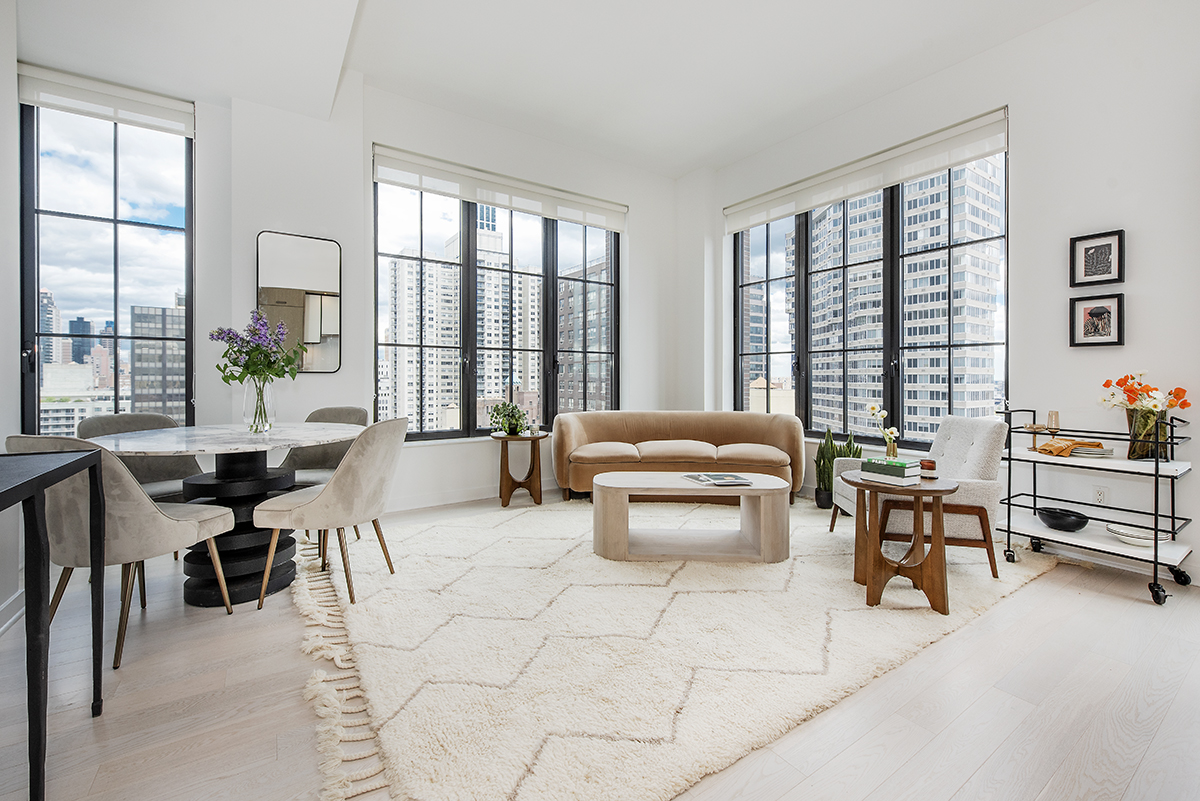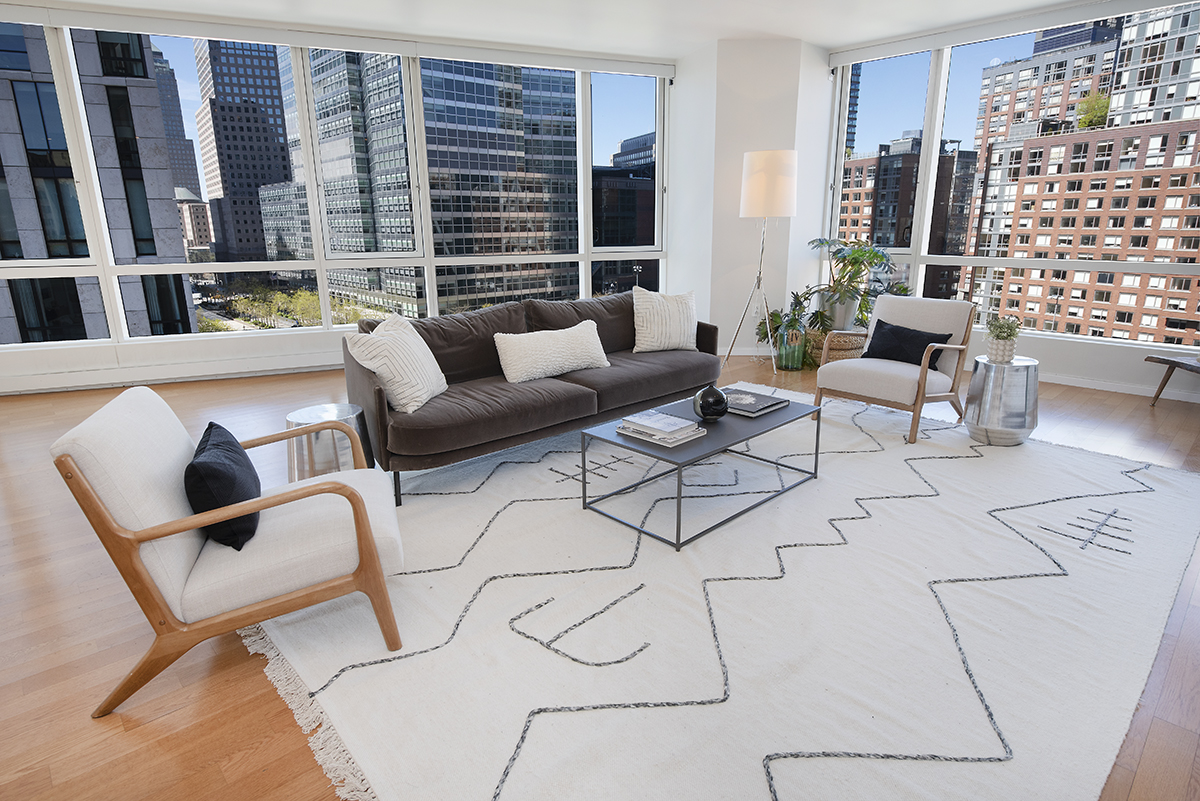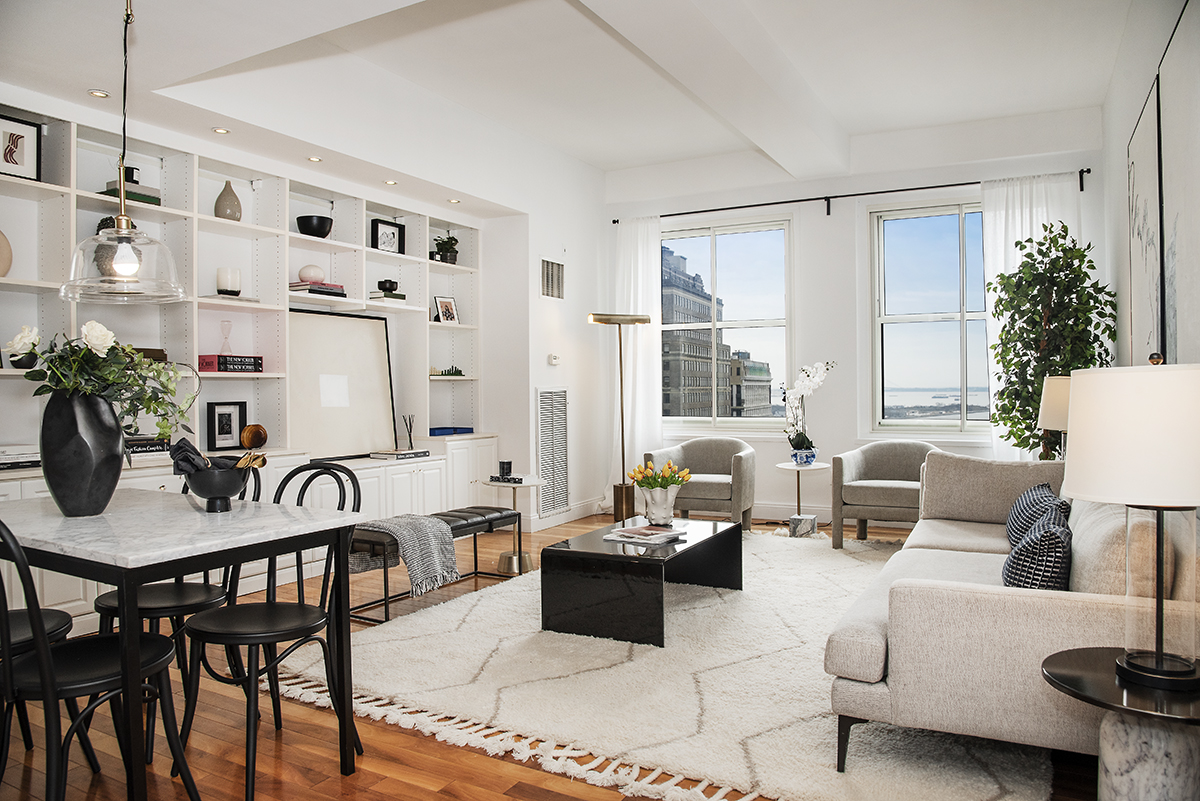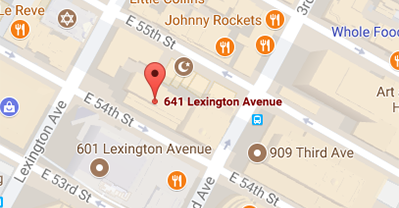Buying Property in New York
Posted by Wei Min Tan on June 16, 2020
Buying property in New York is a good diversification strategy for global investors. Our clients buying property here in Manhattan, New York come from countries including Singapore, Hong Kong, UAE, United Kingdom, Thailand, Taiwan, France. The main motivating reasons are (i) to diversify portfolio, (ii) preserve capital, (iii) leave for children.
This article summarizes the 5 key steps, from identifying the property to the eventual closing. From the time the property is identified, the process through closing takes between 30 days to 3 months.
Contact: tan@castle-avenue.com
Learn more about Wei Min in Best New York property agents and Role of a buyer’s broker.
Interested in working with Wei Min?
Click here to get in touch!
Step 1: Identify the property
Buyers should understand that all property inventory in New York is public information. Property for sale is available through broker websites’ search function or public websites like streeteasy.com.
The first step is to get a buyer’s agent to help with identifying the right property to buy. In the U.S., an agent can represent either the seller or the buyer. In most countries, agents only represent the seller. A buyer’s agent should shortlist properties and tell you the ups and downs. The buyer can come to Manhattan to view, or view virtually from online videos and photos. Identifying the right property is the most important step and takes anywhere from 1 week to months.
Step 2: Present offer and negotiate terms
Once the property has been identified, the buyer’s agent will negotiate the price and contract terms. This takes roughly a few days to 2 weeks. When the price and terms are accepted, this does not mean the buyer has the property. In New York, real estate transactions have to be in writing. This means that until a sale contract is fully executed (signed by both parties), either party can back out.
Deal example (below): Client’s one bedroom investment condo in Tribeca. Rented immediately after closing.
Weimin’s article, Buying property in Manhattan to rent out

Step 3: Sign contract
Consequently, the seller’s attorney sends out a draft contract to the buyer’s attorney. The buyer’s attorney negotiates the legalese of the contract with the intention of protecting the buyer. As part of due diligence, the buyer’s attorney will review the building’s board minutes and financial statements. When all is satisfactory, the buyer signs the contract and puts down 10 percent as contract deposit. The seller then countersigns the contract. This is the point at which there is a fully executed contract and both parties are bound by the contract.
Weimin’s article, Tips for international investors in Manhattan apartments
Step 4: Board package and mortgage process
Board package
After the contract is signed, the buyer’s agent will prepare the board package for approval by the building’s board of managers. With a Condominium, the board will approve 99 percent of the time. Reason is that a rejection means exercising the right of first refusal. This requires the building to buy the property from the seller. However, in a Cooperative, it is very different. A Coop board can reject a deal without providing a reason! Preparing the board package takes about 1 week while getting approval takes around 2 weeks.
With a Condo, the board package process is just a formality. With a Coop, all parties need to hope that the deal gets approved. A rejection means all the time up to now has been wasted.
Mortgage
If the buyer is using mortgage financing, the formal mortgage application starts as well, right after contract is signed. The buyer submits all the required paperwork to the mortgage lender, an appraisal of the property is conducted and the bank eventually provides a commitment letter to the buyer. The main hurdle, from a time perspective, is the appraisal process.
Getting the commitment letter is the goal because if there is a mortgage contingency, it usually protects the buyer up to this point. A commitment letter means the bank has reviewed all the buyer’s documentation and has decided that it will give the buyer the loan. However, note that a commitment letter is not a 100% guarantee, as the bank will do due diligence up to the point of closing.
Deal example (below): Renovated client’s prewar condo apartment close to Central Park. Bought at a good price, renovated the entire apartment and rented out in a week.
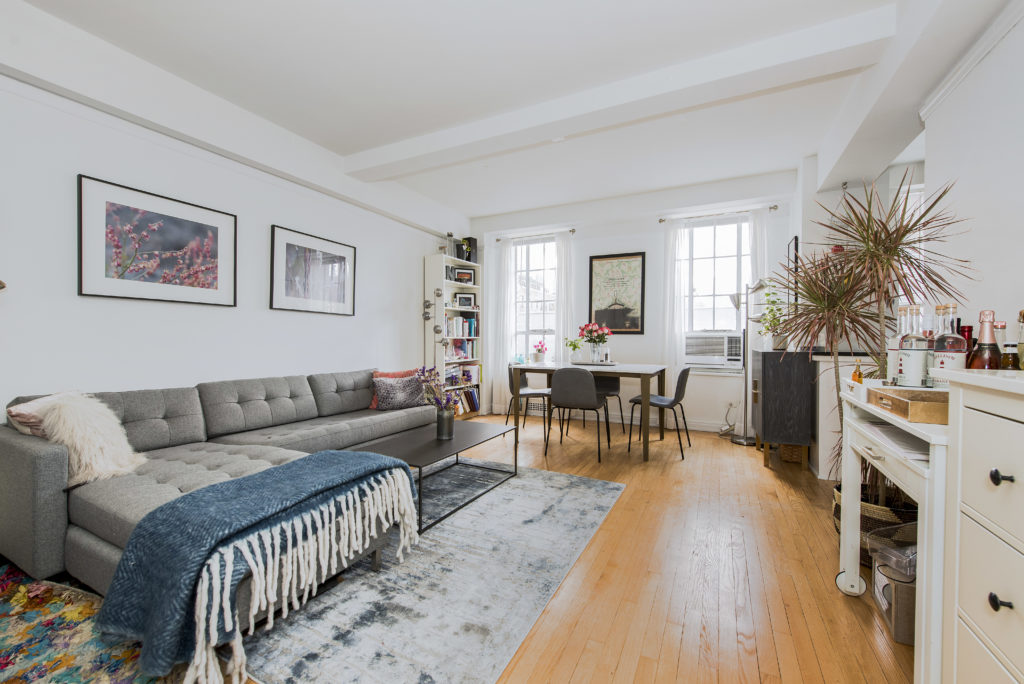
Step 5: Walk through and closing
The closing will occur after the board has provided approval, and the bank has provided the commitment letter. It is then that the attorneys will work with the various parties to schedule the closing date. The bank will run final reviews of the buyer’s financials and income. The walk through is the final inspection of the property and typically performed the day prior or day of the closing.
At the closing, all parties get together, the buyer signs a lot of paperwork and after between 1 to 4 hours, the property officially transfers to the buyer.
What We Do
We focus on global investors buying Manhattan condos for portfolio diversification and long term return-on-investment.
1) Identify the right buy based on objectives
2) Manage the buy process
3) Rent out the property
4) Manage tenants
5) Market the property at the eventual sale
Follow On Instagram

